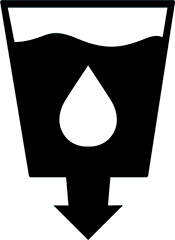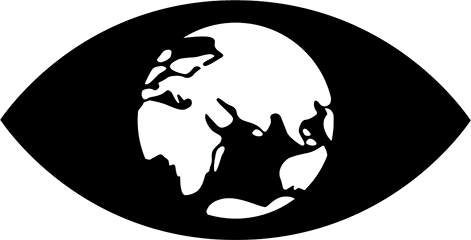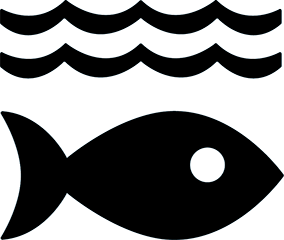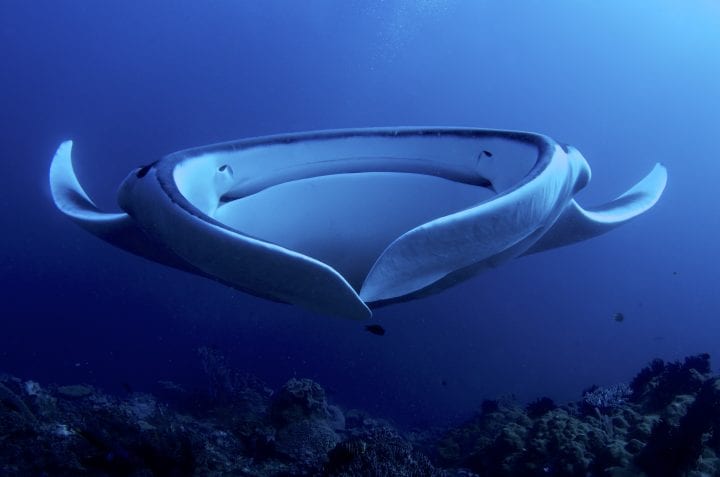UN Sustainable Development Goals Addressed
-

Goal 6: Clean Water & Sanitation
-

Goal 13: Climate Action
-

Goal 14: Life Below Water
2019 Global Design Challenge Finalist
This design concept was developed by participants in the Institute’s Global Design Challenge. The descriptions below are from the team’s competition entry materials.
Location: Hague, Netherlands
Team members: Sjors van der Meer, Miyuki Nishizaki Flores, Jafar Fernald, Dillon Shieh, Alec Lange
Innovation Details
Floating Coconet aims to capture plastic pollution in rivers before it has the chance to enter the oceans. By mimicking the way organisms like manta rays and basking sharks filter food from water, Floating Coconet of The Hague University of Applied Sciences in Hague, Netherlands, is able to collect and direct free-flowing plastics, small and large in size, in rivers for safer capture.
What problem does the solution solve? The primary goal of this project is to prevent plastics from entering the ocean. This is achieved by both collecting the plastics from the rivers and preventing them from polluting the rivers at all.
What is the technology and how does it work? The technology used in our design is a filtration system mimicked from (primarily) the Manta Ray. This mechanism consists of rows of adjustable fins at an angle that are able to direct water flow in a certain direction, based on the position of the fins. The natural flow of the river is being used to deliver a consistent run of water through these fins. This water flow, combined with the angle of the fins, will create a turbulence. This turbulence will then be used to capture and trap the plastics in the water.
How it is biomimetic? This design required us to come up with a filtration system that would allow water to flow through, whilst capturing as much plastic as possible. The Manta Ray and Basking Shark were two organisms that we closely studied. Both of these organisms filter food out of the water by pulling big amounts of seawater into their mouths, where arrays of fibres help them swallow the food but release the seawater. To prevent clogging, Manta Ray’s use a slightly different technique. What makes them special, is that they use rows of lobes, with tiny gaps in between. When water enters its mouth, it flows between these lobes forming swirling eddies before eventually leaving the Manta’s mouth. Tiny pieces of plankton then ricochet off the lobes into the mouth cavity. This mechanism of redirecting water flow and capturing food is adapted and implemented into our design.
What is the solution’s impact? With our design, we aim to not only clean plastics out of the rivers, but also educate people living in countries surrounded by these polluted rivers, to prevent plastics from entering at all.



